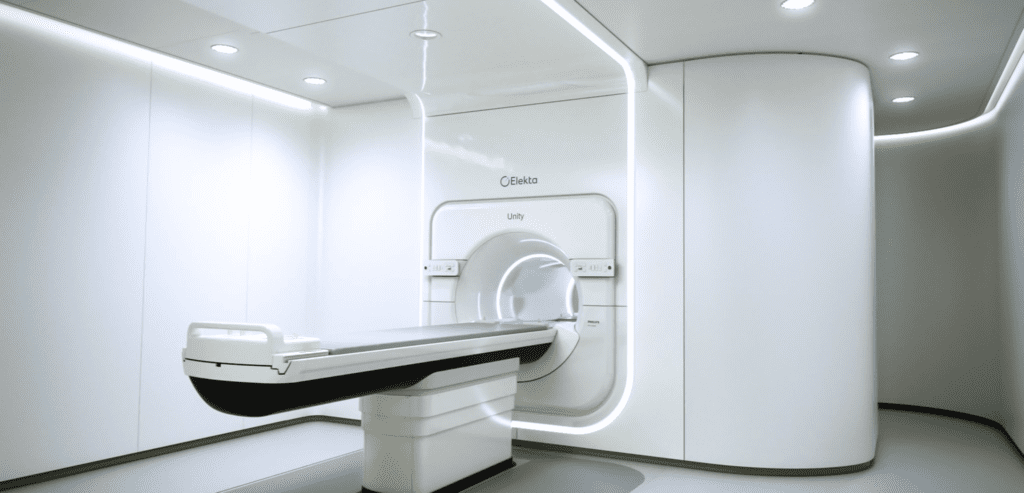Engagements / Projects
My services generally fall into one of three categories –
- Creating Authentic Conversations
- Prototyping Experiences &
- Strategic UX.
An engagement can be as short as a few hours or as long as many weeks spread over a year or more – though I am always open to surprises and different ideas.

Creating Authentic Conversations
– meeting with and talking to customers and users in order to better understand the experience they currently have and would ideally like to have
Everyone is talking to their users and customers – and usually at considerable expense. And sometimes qualitative and quantitative teams collaborate and sometimes they seem to be more competitive.
The key question is whether you are you getting what you need from your user and customer engagements?
- Are you gaining powerful insights?
- Are you being surprised by what you learn?
- Can you do something valuable with those learnings?
Maybe less obviously, but equally importantly you should also be asking if your users and customers are getting value for the time they spend talking to you.
- Are they gaining a better appreciation of your (potential) value to them?
- Do they see the outcomes of your conversations in your new product launches?
- Do you know who (and how often) your users and customers are being approached for insights?
Other important questions are whether you are varying your methods enough, or whether you’re talking to the right people (best existing customers perhaps, rather than best future customers)? And if you are using their input to make design decisions, do you have any processes for validating the authenticity of the data your users are giving you?
Getting Authenticity and Spontaneity
Designing customer / user encounters to uncover new knowledge
Best practice in discussing concepts with users and customers
Prototyping Experiences
– ensuring that you are getting full value out of your designers and that they are fully heard and committed members of the development team.
Are your designers kept very busy designing screen layouts, icons, design systems and other aspects of the user interface of your product? Is the user interface being driven by the features and functions of the product, or by a vision of the eventual experience?
Do your designers have time to explore the possible resultant user experiences? Can they provide input in the design of those experiences?
It isn’t uncommon for designers to be continually busy and yet also be continually frustrated at not being able to design the experience they would like to design for users.
It also isn’t uncommon for designers to be so busy on the user interface that they can’t engage in understanding the user needs, or translating those needs into product and experience concepts.
Do your designers feel engaged in the prototyping and evaluation of product experience concepts, as opposed to the building and evaluation of finished user interfaces?
A Review of Prototyping Process and Content
Experience prototyping and early concept research
Designing the UX team experience
Strategic UX or UX Strategy?
– identifying which innovation (idea) to focus on, and how to turn a promising idea into a fleshed out experience and product proposal.
Do you take the time to consider the experience you might be creating before you rush into product and user interface design? Are you even sure which users you are designing the experience for? And what about your users whom you are not designing the experience for?
This is especially problematic in large, complex systems (for example, healthcare) but it also applies in the realm of automation, where your product depends upon other people and other products and also other people will be affected by your product.
The best example of this challenge is the ‘self-driving’ car, where it rapidly becomes clear that it isn’t obvious whose user experience we might be designing … there is no driver; who is the owner? what is the passenger experience? And what other products and experiences are key to making that passenger experience a success?